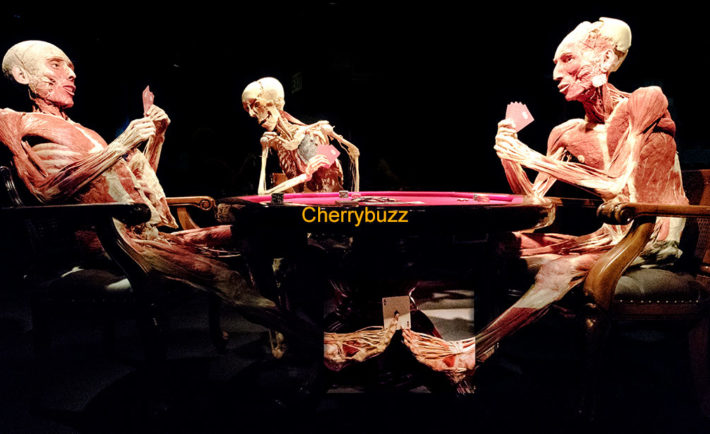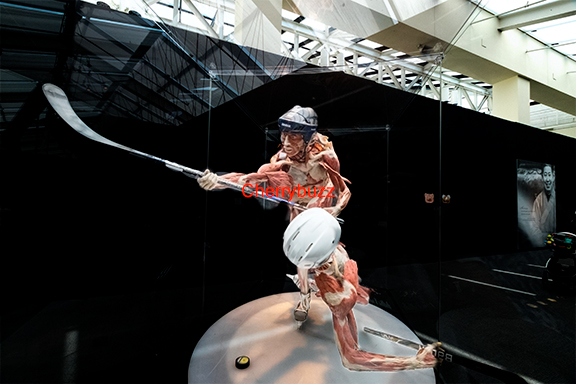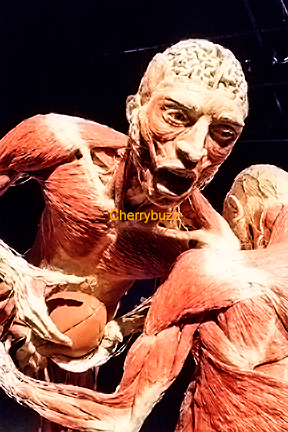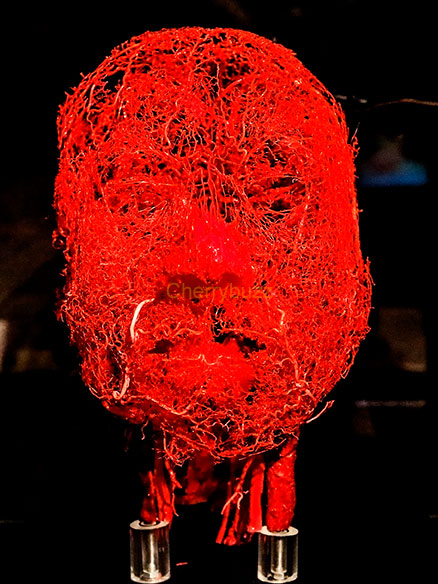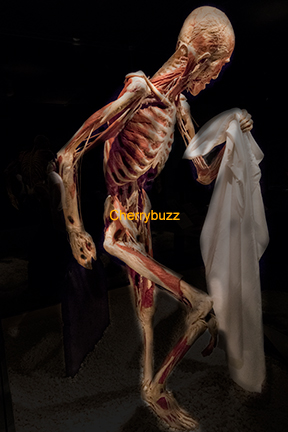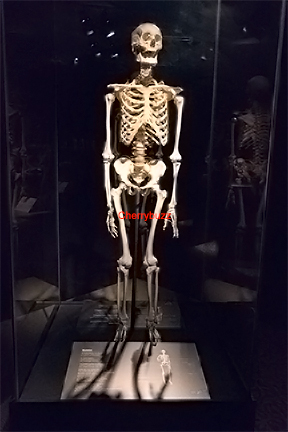The History of California Science Center
A visit to the California Science Center, at Exposition Park, Los Angeles, is at once amazing and breathtaking as well as highly enlightening for children and adults alike. That part of Los Angeles has gone through one transformation after another from the days when, from 1872 to 1910, the site held open agricultural fairs till the California State Exhibition building was erected in 1912. In those early days, the building displayed agricultural and industrial products. But it was in 1951 that it became the California Museum of Science and Industry. Then in the late 1980’s an ambitious 25-year plan was devised for a much larger facility to be renamed the California Science Center. The Northridge Earthquake of 1994, which damaged the building, put a keener impetus on the plan and the building was closed in 1996.
The first phase of the plan was completed and the Center was opened in 1998. New wings and extensions have been accomplished and now the California Science Center not only has galleries with exhibits on continuing loan from NASA and the Smithsonian Institution, it also boasts a seven-storey IMAX screen and the Wallis Annenberg Building for Science Learning and the K-5 Science Center School officially known as Dr. Theodore T. Alexander Jr. Science Center School. The California Science Center, the largest hands-on facility on the West Coast, is jointly owned and run publicly and privately by the State of California and the California Science Center Foundation.
BODY WORLDS: Pulse Exhibition
The California Science Center is currently hosting “BODY WORLDS: Pulse” which the Center’s official site calls “the largest Body Worlds exhibition in a decade, with new real human-body specimens”. More than 200 specimens are on display through 20 February, 2018. Adults and children are welcome but parents are advised to read the family guide provided before deciding whether or not to take their children along.
Plastination Technique
Body Worlds exhibitions encapsulate the vision and life-work of Dr. Gunther von Hagens who invented the technique of plastination in 1977 and patented it in the following year. Plastination allows the preservation of animal and humans organs and whole cadavers indefinitely. It has caused much controversy in different parts of the world not only in Germany where von Hagens has been, for 22 years, a lecturer in the Institute of Anatomy and Pathology of the University of Heidelberg. His name at birth was Gunther Gerhard Liebchen, von Hagens being the name of his first wife, the mother of his three children. His second wife, Angelina Whaley, is the Creative Director of the Body Worlds exhibitions. When the exhibition was in London, in 2002, a Guardian newspaper article, in describing The Horseman, which presents a flayed man with open skull holding his brain in one hand and a whip in the other sitting astride a flayed horse, compared the exhibits to the works of Salvador Dali.
Dr. von Hagens in the Media
Dr. von Hagens has been attacked and vilified by numerous individuals and cultural bodies and often in offensive terms. He has been called all sorts of names including Dr. Death, a modern Frankenstein and lots more, his exhibits dubbed ghoulish, shocking and in bad taste. But Dr. Gunther von Hagens not only welcomed controversy, he reveled in it as evidence of his argument that modern humans, especially in the west, lived in denial of their corporeality and of death. He told the Guardian reporter, Stuart Jeffries, that he wanted to “democratize anatomy”, adding that the sight of “cholesterol-crammed aortas, diseased lungs and booze-swollen livers … may well have benefits in terms of public health”. In truth, the Body Worlds exhibitions present Herculean scientific feats made possible only with von Hagens’ discovery of plastination and the dogged determination that devised equipment to make it possible to plastinate whole animal and human cadavers, all of which willingly donated by the living before dying. In 2011, von Hagens revealed that he was suffering from Parkinson’s disease and that, after his death, his cadaver will be plastinated and put on display. His wife and three children are also on the register as donors destined for plastination after death. Plastination is not by any means an easy task; it needs up to 1,500 work hours at a cost of about £25.000 per cadaver and sometimes more. But a Body Worlds exhibition is yet more than a huge learning experience; it is also an aesthetic and creative one as the cadavers are presented in life-like poses reflecting more than a revelation of various structures and systems of animal or human anatomy. Moreover, Dr. Gunther von Hagens’ Institute of Plastination has for decades been supplying medical colleges the world over with whole plastinated cadavers for teaching purposes and also with another of his inventions: wafer-thin slices of plastinated organs and body parts for more refined studies of diseases in the search for new cures.
As always, major human discoveries and achievements attract enormous media attention and Dr. Gunther von Havens is no exception. With the black fedora hat which is always on his head even when he dissects a cadaver, no doubt in imitation of the hat in The Anatomy Lesson of Dr. Nicholas Tulp by Rembrandt, now housed in the Mauritshuis Museum in The Hague, the Netherlands, von Hagens has cut a remarkable figure on various TV and radio programs and has even appeared briefly in a Bond movie. The 2006 Casino Royale supposedly shows a Body Worlds exhibition taking place in Miami and von Hagens can be seen, fedora hat and all, leading a tour of the exhibition. The actual location was not Miami though but the Ministry of Transportation in Prague!.
Body Worlds Exhibits
The aesthetic/creative presentation of the exhibits at a Body Worlds exhibition usually start muted but build up to a crescendo at the end with the highly emotional and tragic plastinated cadaver of an eight-month pregnant woman with her womb open revealing the equally dead and plastinated fetus inside.
There are thousands of registered body donors to the institute of Von Hagen’s institute for Plastination in Heidelberg, Germany who are from different countries over the world including USA. The Plastinarium is a permanent exhibition in Guben, Germany.
In 2004 Body Worlds exhibit in California Science Center was seen by more than a million visitor. The “Body Work” exhibit is till on display until February 20, 2018. So if you have not seen it yet, you still have the chance to see that unique exhibit.
For more information please refer to the following links:
californiasciencecenter.org
www.vonhagens-plastination.com
Wikipedia
The Guardian: Stuart Jeffries: The Guardian: Tuesday 19 March, 2002
